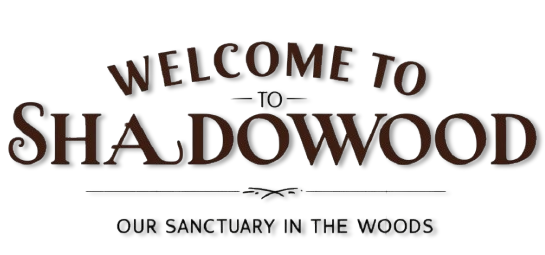Q. When one purchases a pleasure horse, what guidelines should one use to determine size and breed?
A. There are a number of factors to keep in mind when choosing an equine partner, and I consider the most important to be neither of the two mentioned in your question. In a pleasure mount, the first considerations should be attitude and level of training. However since you specifically requested information on height and breed, I will address those concerns.
The height of a horse is a bit less of an issue than his overall conformation, soundness, and age. You want the animal to feel right under your seat and legs and to be able to carry you easily. A very tall and leggy rider may find it difficult to maintain proper leg position and effectiveness on a very short-sided horse. A rider with short legs may find it difficult to communicate well with a large barreled horse.
From the horse’s perspective, a rider who is too large or heavy for the animal will put undue strain on the horse’s back and legs, particularly if the animal possesses a long back, is conformationally poor through the legs, is particularly light-boned, or is aged. These potential problems are amplified in the case of a novice rider who finds it difficult to maintain a centered, balanced, and relaxed position in the saddle. A very small rider on a large mount will not be likely to cause the horse any undue physical strain but may find it difficult to wheedle cooperation from an occasionally uncooperative equine partner. However, small riders are often also young, growing individuals who may quickly outgrow a small horse or pony.
As far as breeds are concerned, I find it very difficult to make generalizations about particular breeds without running into constant exceptions, but I’ll try … exceptions understood. In general, the stock horse breeds (quarter horse, appaloosa, paint, etc.) have a tendency to be a bit quieter and more forgiving of rider errors than do the hotter breeds (Arabian, thoroughbred, etc.), but this very broad generalization is at best a mere starting point. I personally see no reason to purchase a specific breed unless one is planning to breed or show in the breed association shows. Purebred animals are generally higher priced, and, if not purchased from a reputable breeder, may be very poor representatives of their breed.
The most important tactic a prospective new horse owner can take is to visit many farms, ride many horses, and ask many questions. Once you find the mount that feels good to ride, carries you happily, easily, and cooperatively, and behaves in a manner you can safely enjoy, make sure to have an equine vet check the animal over for basic soundness and fitness for your intended purpose.
